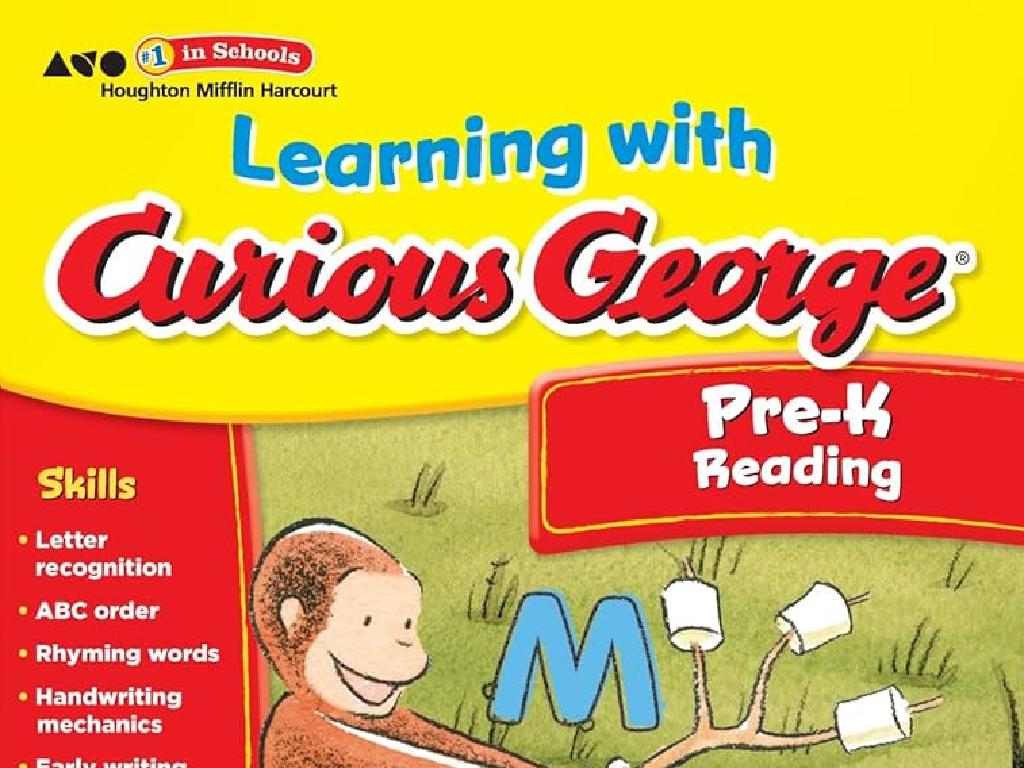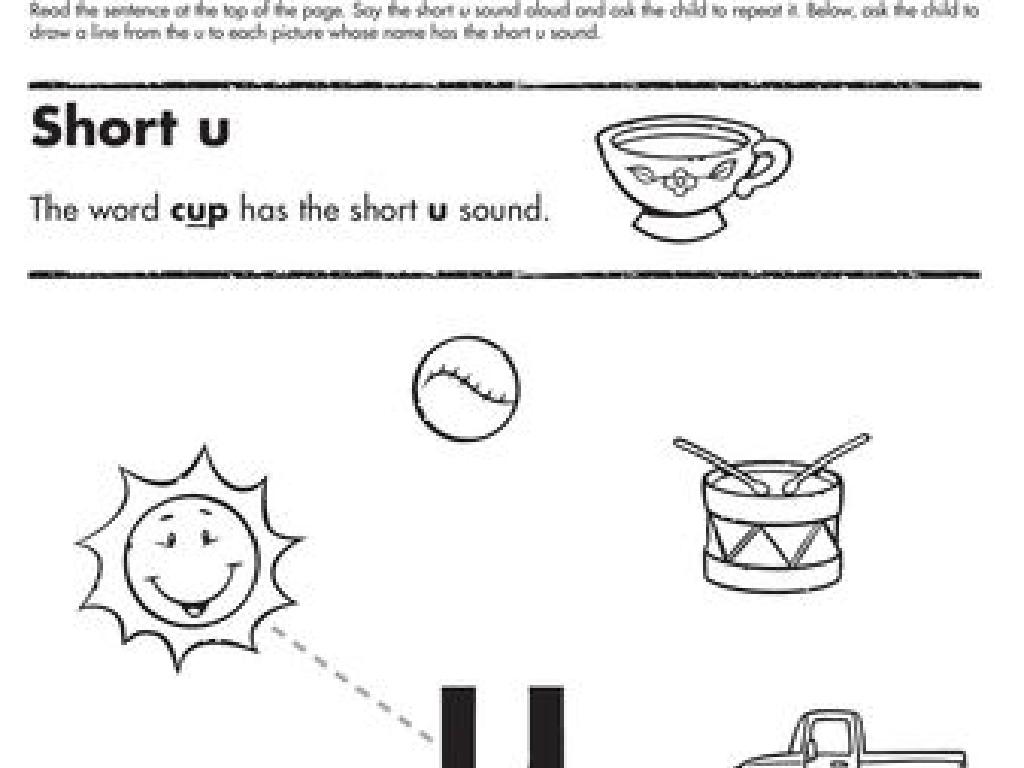Scale Drawings: Scale Factor Word Problems
Subject: Math
Grade: Eighth grade
Topic: Proportions
Please LOG IN to download the presentation. Access is available to registered users only.
View More Content
Introduction to Scale Drawings
– Understanding scale drawings
– Visual representations where dimensions are proportional to actual objects.
– Scale drawings in real life
– Maps, blueprints, and models are scaled-down versions of reality.
– Defining the scale factor
– The ratio of the drawing’s dimensions to the actual object’s dimensions.
– Applying scale factor
|
This slide introduces students to the concept of scale drawings, which are essential tools in various fields such as architecture, engineering, and geography. Scale drawings maintain the proportions of the actual object but are reduced or enlarged in size. Emphasize the importance of understanding and using scale drawings to accurately represent objects. Real-life examples like maps and blueprints make the concept relatable and show its practical applications. The scale factor is a critical component, as it determines how the dimensions of the drawing relate to the object’s actual size. Students should learn how to calculate and apply the scale factor to create their own scale drawings or to interpret existing ones.
Understanding Proportions in Scale Drawings
– Recap: What are proportions?
Proportions are equations that show two ratios are equivalent.
– Proportions and scale drawings
Scale drawings use proportions to represent larger objects accurately on paper.
– Writing proportions methodically
To write a proportion, set two ratios equal: a/b = c/d, where b and d are not zero.
– Practice with scale factor problems
|
Begin with a brief review of proportions, ensuring students recall that they are statements that two ratios are equal. Emphasize the importance of proportions in creating scale drawings, which are vital in fields like architecture and design. Teach the method of writing proportions, using examples to illustrate setting up and solving for unknowns. Provide word problems involving scale factors to apply these concepts practically. Encourage students to solve these problems by setting up proportions based on the given scale factors and the dimensions provided in the problems.
Calculating Scale Factor in Scale Drawings
– Define scale factor
– Scale factor: ratio of any two corresponding lengths in two scaled shapes.
– Scale factor formula
– Formula: Scale Factor (SF) = Drawing length / Actual length
– Example: Drawing scale factor
– Given a drawing, how to find the SF using measurements?
– Practice with real-world problems
– Apply SF to solve problems like model building or map reading.
|
This slide introduces the concept of scale factor as it applies to scale drawings, an important aspect of understanding proportions in mathematics. Begin by defining the scale factor as the ratio between corresponding lengths in the scaled drawing and the actual object. Then, present the formula for calculating the scale factor. Use an example, such as a scale drawing of a house, to show how to calculate the scale factor by dividing a length on the drawing by the corresponding actual length. Encourage students to practice by measuring various items on the drawing and comparing them to their real-life counterparts. Conclude with real-world applications, such as creating a model from a blueprint or using a map, to solidify the concept.
Scale Factor Word Problems
– Read the problem carefully
– Understand what the problem is asking for
– Find the scale factor
– The ratio of any two corresponding lengths in two similar geometric figures
– Solve scale factor problems
– Use the scale factor to calculate dimensions
– Check your solution
– Verify that your solution makes sense in the context of the problem
|
This slide is aimed at helping students tackle word problems involving scale factors. Start by reading the problem thoroughly to understand what is being asked. Look for clues or explicit mentions of the scale factor, which is the ratio that relates the dimensions of the drawing to the actual object. Apply the scale factor to find missing dimensions, ensuring that units are consistent. After solving, students should check their answers to confirm that they make sense within the context of the problem. Encourage students to practice with real-world examples, such as maps or models, to reinforce the concept.
Applying Scale Factor in Real Life
– Architects/engineers and scale factor
– They use scale factor to create accurate building plans.
– Designing a miniature garden
– Use scale factor to plan garden layouts proportionally.
– Activity: Scale drawing of a room
– Measure and sketch your room on graph paper using a scale.
|
This slide aims to show practical applications of scale factor in various professions and activities. Architects and engineers use scale factors to create smaller, manageable plans of large structures, ensuring accuracy and proportionality. Similarly, when designing a miniature garden, scale factor helps in maintaining the correct proportions of the garden elements. For the class activity, students will apply their understanding by creating a scale drawing of their own room. They should measure their room, choose an appropriate scale, and then draw the room to scale on graph paper. Possible activities include drawing different furniture to scale, comparing rooms of different sizes, or even creating a scale model with craft materials.
Class Activity: Scale Drawing Project
– Form groups for scale drawing
– Choose an object to draw
– Calculate the scale factor
– Use the formula: Scale Factor = Drawing size / Actual size
– Present your drawing to class
|
In this engaging class activity, students will apply their knowledge of scale factors to create scale drawings. Divide the class into small groups and have each group select an object to draw. They will then measure the actual object and decide on a suitable scale factor for their drawing. Once the drawings are complete, each group will present their work to the class, explaining the scale factor they chose and how they applied it. For the teacher: Prepare a list of objects of varying complexity for groups to choose from. Ensure each group has access to measuring tools. Provide guidance on calculating scale factors. Consider different scales for different groups to compare results. Have a gallery walk at the end for students to view all drawings.






